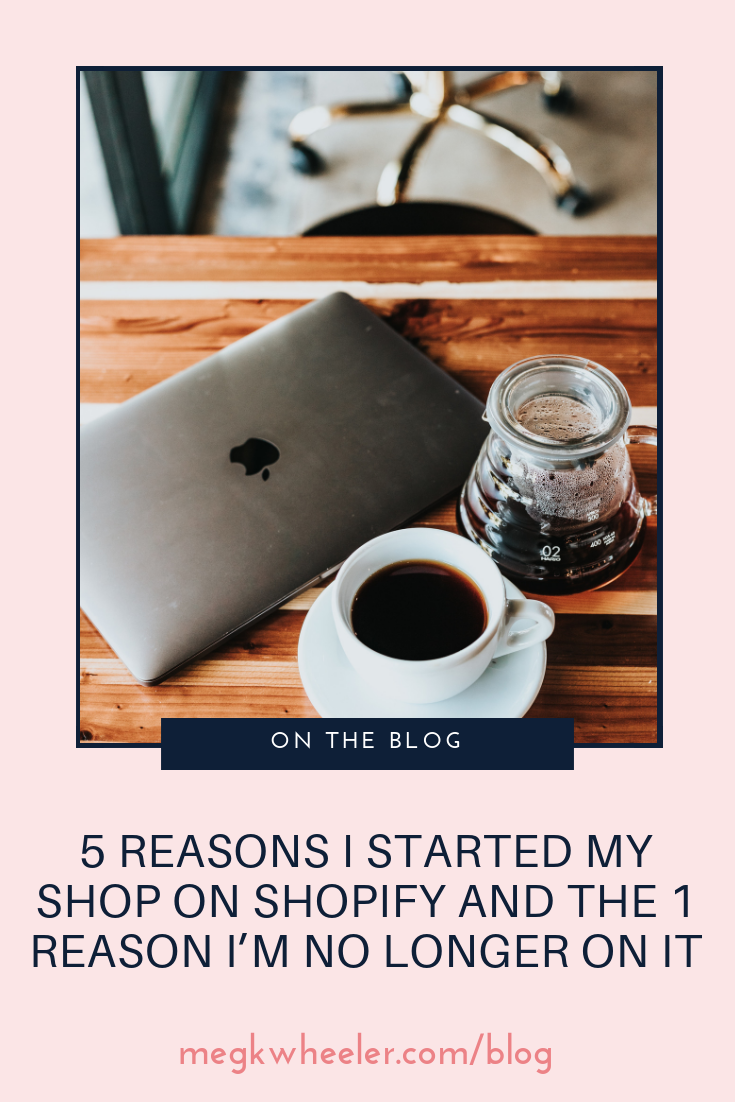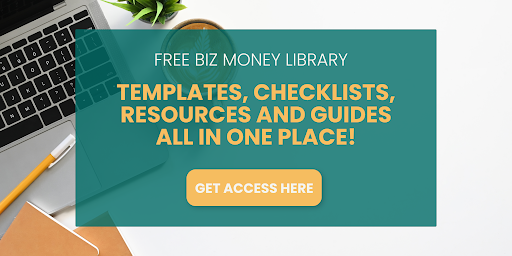5 Reasons I Started My Shop on Shopify and the 1 Reason I’m No Longer On It

When I first started One For Women, my online gift company, I spent hours researching various e-commerce platforms. I want to determine which one made the most sense for us. From WooCommerce to Wix to Weebly, I pored over features and pricing and reporting. I learned more about e-commerce sites than I ever realized I needed to know. And while there are pros and cons to every platform, I settled on Shopify because it offered the most bang for my buck with the features I knew I needed to get my shop up and running in those early stages. Out of all of its pros, here are the top 5 reasons I chose Shopify to get started:
Easy Set-Up + Easy To Use
Although Shopify is a complex e-commerce platform, it’s fairly easy to set-up and use. This was a huge plus for me at the beginning. Running a dynamic website and the world of e-commerce was completely new to me. To start off, Shopify offers a range of themes (both free and paid). That way, you don’t need a web developer to build out your site; you can literally have your site up and running within a few hours. Best of all, these themes are mobile-responsive so your website will look stellar across all platforms.
It’s also fairly straightforward to use. Adding products and organizing them into categories, configuring checkout and shipping settings, and managing discounts and customer emails – everything is organized and easy to find. Best of all, Shopify gives you tips every time you log in to optimize your site and maximize your sales.
Lastly, Shopify offers a range of third-party applications (a good mix of free and paid). They allow you to add additional features, capture data, and talk to other applications (such as QuickBooks or Zapier).
Pricing Plans That Grow With You
While Shopify isn’t necessarily the most affordable option, it does offer multiple pricing plans. Each plan offers a range of features as your shop grows. The Shopify Lite plan, currently at $9/month, allows you to sell products on your Facebook page, in a physical location or via the Buy Button on your existing website or blog; this is the perfect option if you already have a website on which you want to sell products, or you only need to sell products in person – for example at farmer’s markets and craft fairs.
Shopify is also one of the cheapest options to get started selling online. And if you use Shopify Payments (their built-in processing system), you’ll save on transaction fees. If you want more features, such as a full e-commerce site on Shopify’s platform, advanced reporting, or real-time shipping rates, then Shopify has $29, $79, and $299 plans to accommodate you as your business grows.

Robust Reporting Features
If you start at the $79/month plan or higher, you will have access to advanced reporting features. This will give you insight into what’s actually going on in your business. Shopify’s comprehensive reports include:
- Customers – how many are new vs. returning and how much they’ve spent
- Financial – total sales, inventory, tax reports, abandoned carts
- Marketing – where your customers have come from
Every time you log into Shopify, your dashboard will show you key metrics for your store. These metrics include total sales in dollars and units, number of visitors on the site, and orders pending, among other things. It’s important to have this information accurately compiled for you and in an easy-to-read manner. This will make it that much easier to keep track of what’s going on in your business.
The SEO Stuff
Before I started my e-commerce business, I knew OF SEO (Search Engine Optimization), but not ABOUT SEO. I knew it had something to do with how your website shows up in the search results, but not much more beyond that. Until I started my business. It was at that point that I realized how important it is to implement SEO strategies on your website in order to drive traffic and sales.
This is where Shopify comes in. While all of the e-commerce platforms offer some SEO features, I think Shopify is one of the best. To start, they make the SEO stuff easy – changing page titles, meta descriptions and alt text is fairly straightforward. Shopify also keeps a good handle on URLs if you change them. If you do so, it will automatically prompt you to create a 301 redirect.
Sell Offline
While many e-commerce businesses are solely focused on just that – e-commerce – others are turning to offline methods for sales as a way to boost revenues and connect with customers. If that’s the case, Shopify’s point-of-sale (POS) system is a great option for you. They offer a wide range of hardware that integrates with their POS applications. This hardware allows you to sell at a market, an event or in a permanent retail outlet, and which sync your inventory across all selling platforms.
So Why the Switch?
OK, so if Shopify is so great, why did I leave it and where did I go? After about six months using Shopify for my business, I realized that while it is a fantastic platform for many e-commerce businesses, it wasn’t the right one for us. Ultimately, despite all of their extensive features, there are a few limitations with Shopify that make it not the ideal platform for some e-commerce businesses, such as my own. So what are some of those limitations? Currently, these are some of the ones we ran up against:
- You can only have up to 3 product options per product (for example, fabric, color, and size).
- There doesn’t seem to be any way to include a “gift message” box for customers to enter their message on the product or checkout page (without some serious custom coding).
- Key features such as leaving reviews, shipping to multiple addresses, or downloading digital products require the installation and possibly purchase of a third-party app.
- The display of product images is a pain. There’s no way to set it so that they’re all displayed using the same aspect ratio. This means that they may all show up as different sizes unless you make sure to customize them outside of Shopify.
Ultimately, Shopify was great to get us up and running and help me learn the ins and outs of e-commerce. But when it came time to add in additional features – such as gift messages, multiple shipping addresses, custom customer emails and products with multiple options – it no longer fit for my growing company, and so I turned to WooCommerce (and transitioned our entire site to WordPress). While getting up and running with WordPress and WooCommerce definitely takes more upfront work (and in our case, the assistance of a developer), it was worth it because we now have the capability to build something completely custom as my business grows. In the end, I would still highly recommend Shopify if your product offerings are not complicated or you’re just getting up and running. Ultimately, though, nothing beats the customization and flexibility of WooCommerce.